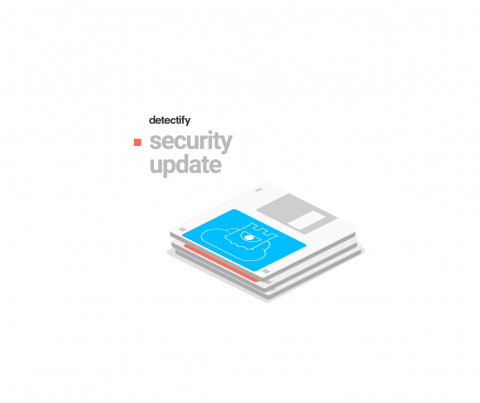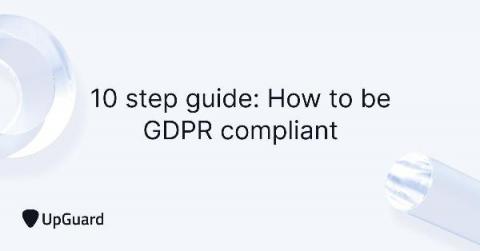Message Authentication Code (MAC) Using Java
This is the seventh entry in this blog series on using Java Cryptography securely. Starting from the basics we began diving deeper into various basic cryptographic primitives such as Cryptographically Secure Random Number Generator, symmetric & asymmetric encryption/decryption & hashes. After taking a brief interval, we caught-up with cryptographic updates in the latest Java version. Skip to the TL; DR











